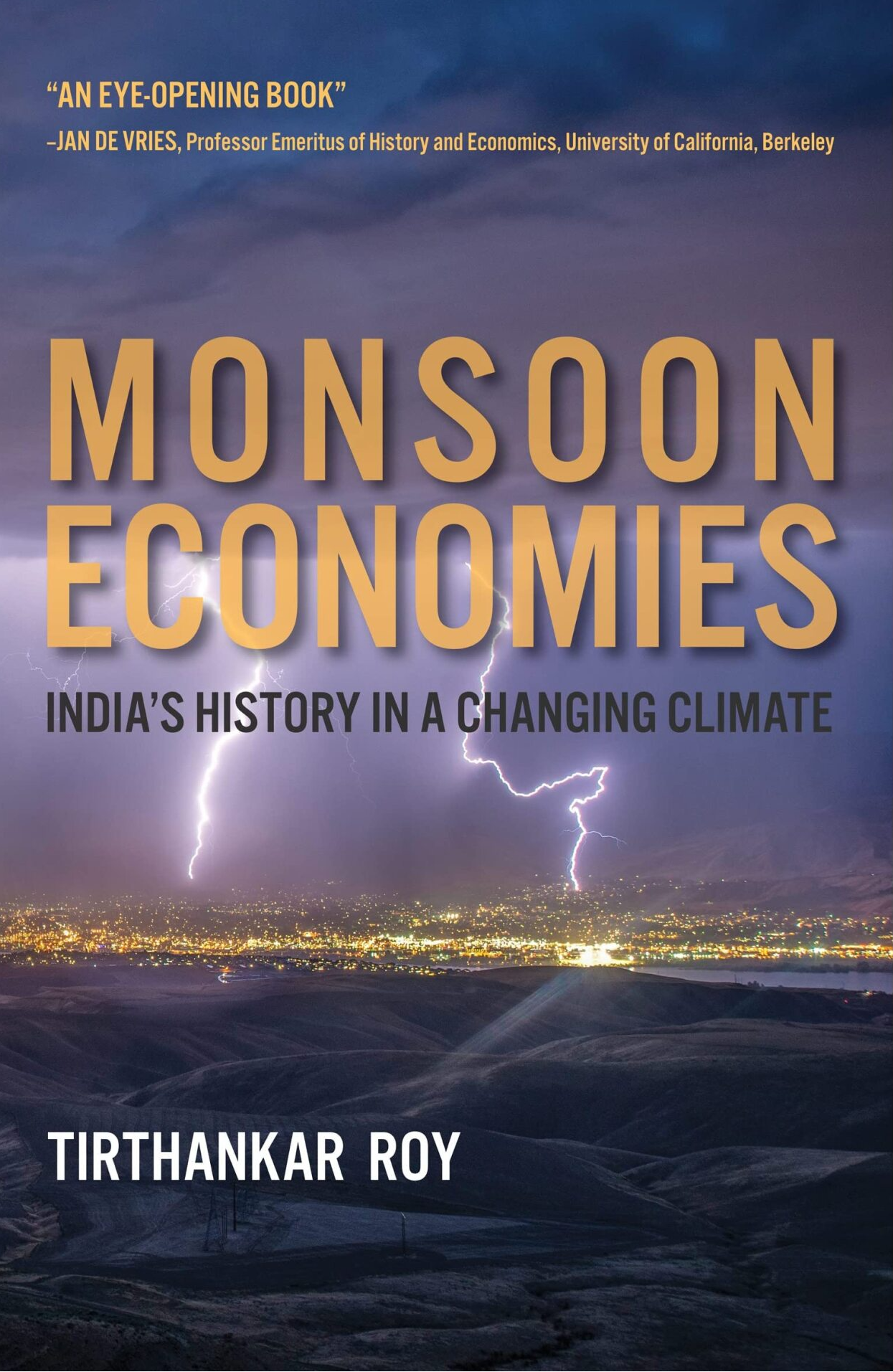My latest book offers a radical new reading of the emergence of modern South Asia, one in which the interaction between climate and the economy takes the centrestage.
The central claim of the book is that a struggle to mitigate poverty and inequality in access to water, a condition that the tropical-monsoon climate made universal, delivered economic and population growth in South Asia, at the cost of environmental damage and political strife. Greater water security was achieved not by top-down intervention, but a range of movements that coincided and took shape after 1880: famine relief operations, equality movements, urban water systems, canals and dams, laws about water access, and technologies of conservation. Governments of mainland South Asia inherited and strengthened the legacy, and strengthened it, by building hundreds more dams for example. Per head water use increased from 200 to 800 cubic metres over 1885-2015. But that achievement came with costs: renewable water availability fell sharply, dams had side-effects, canals had limited capacity, urban projects caused disputes with farmers.
This whole story has important lessons for economic historians, who often believe that the third world failed to become rich like the western world because it lacked the things that made the western world rich – fossil fuel, colonial power, and enlightenment. This is a wrong premise. The poor tropics had a problem to solve, aridity and unreliable seasonal water supply, that the western world did not face. There is no unified theory of economic growth. Things that made the West rich do not explain the poverty of the tropics. Wider access to water played as important a role in Indian economic history as fossil fuel extraction played in the economic emergence of Britain.
